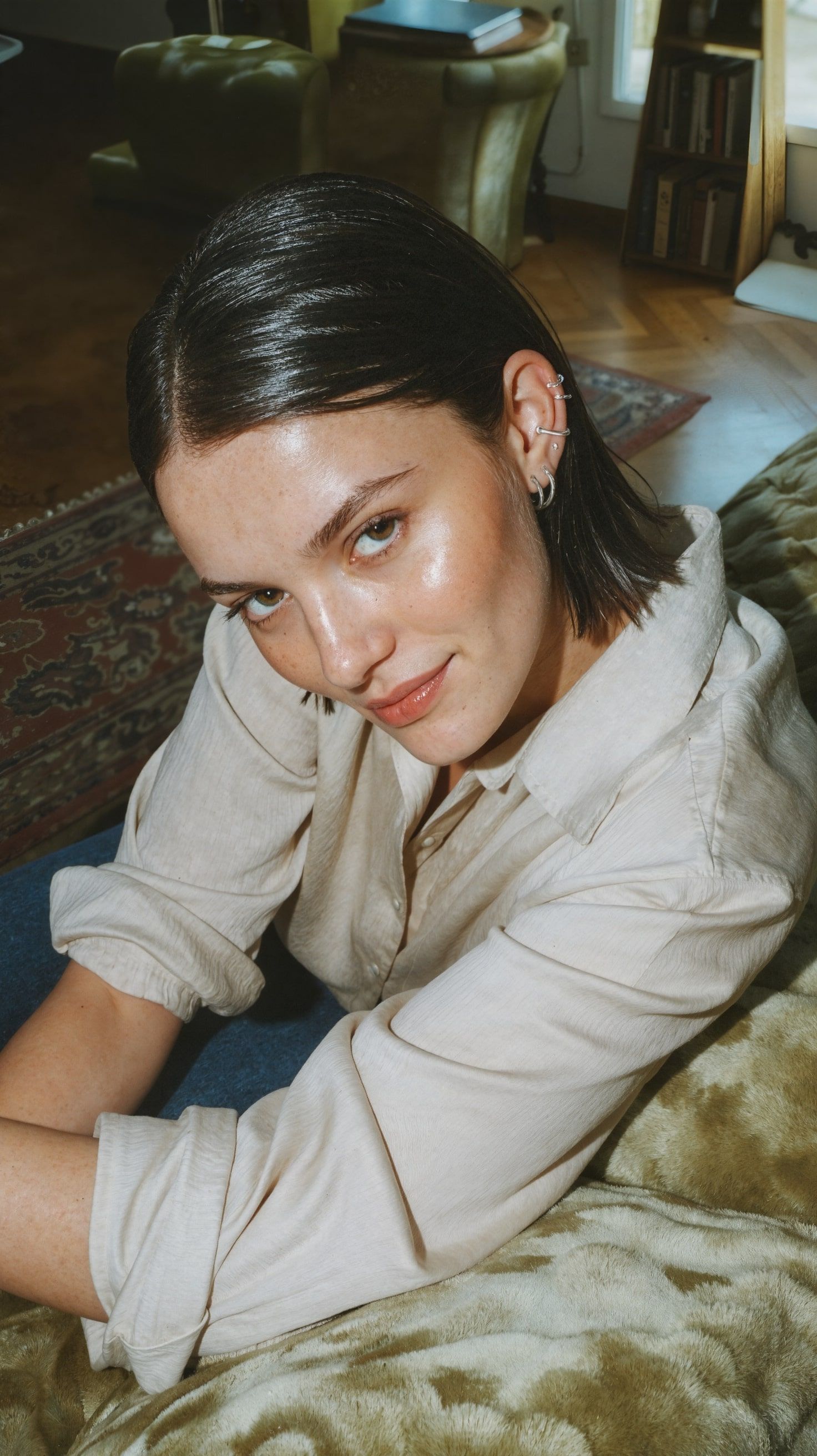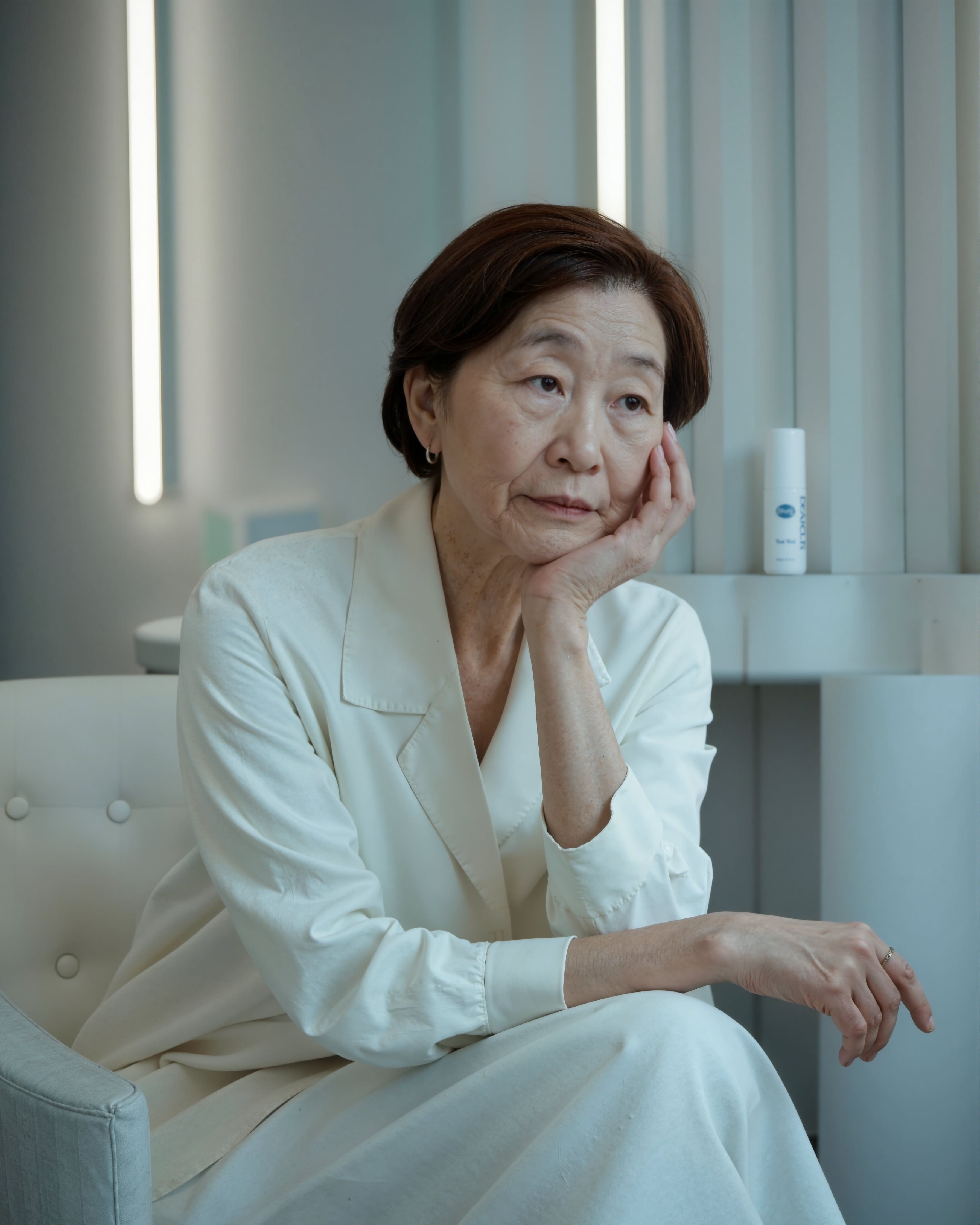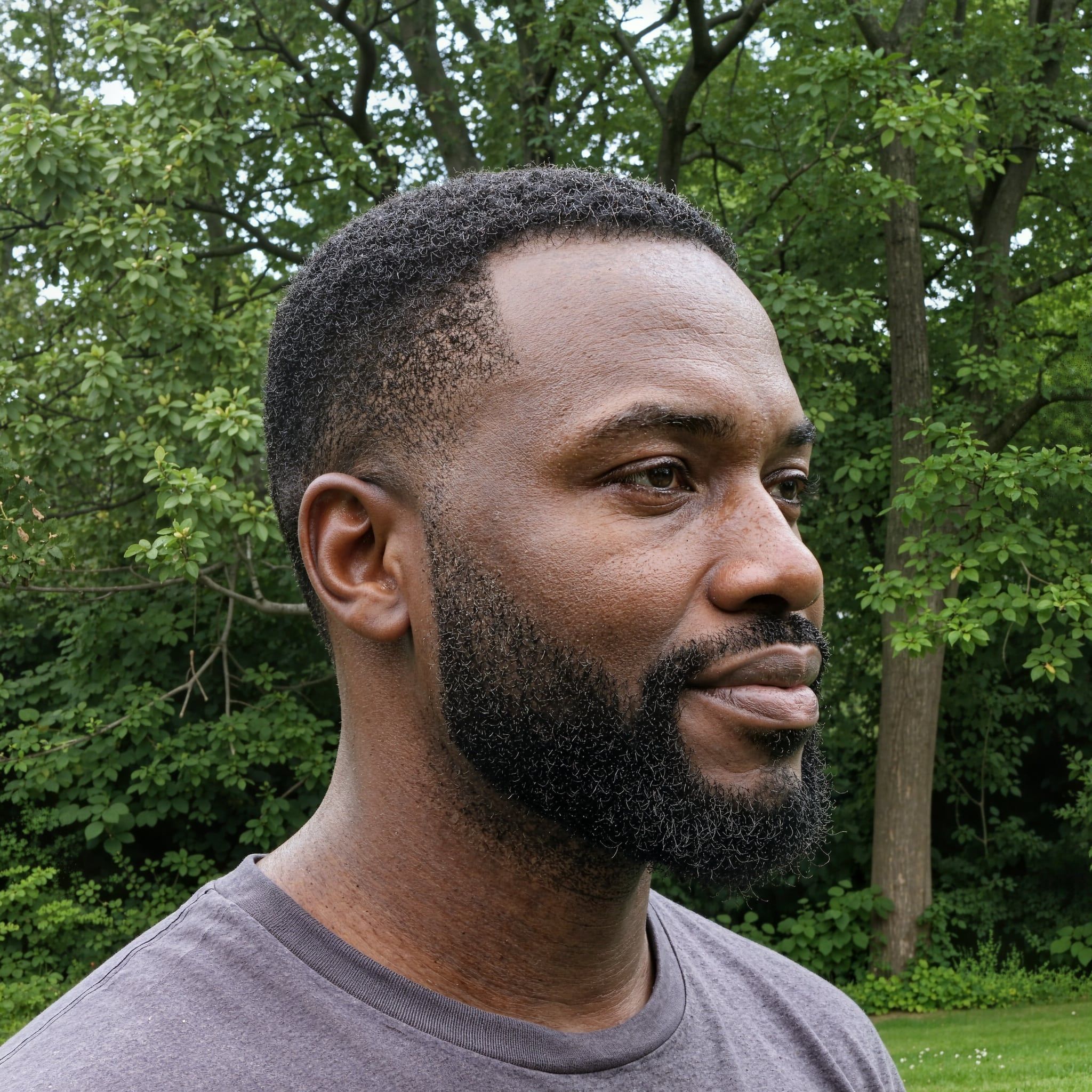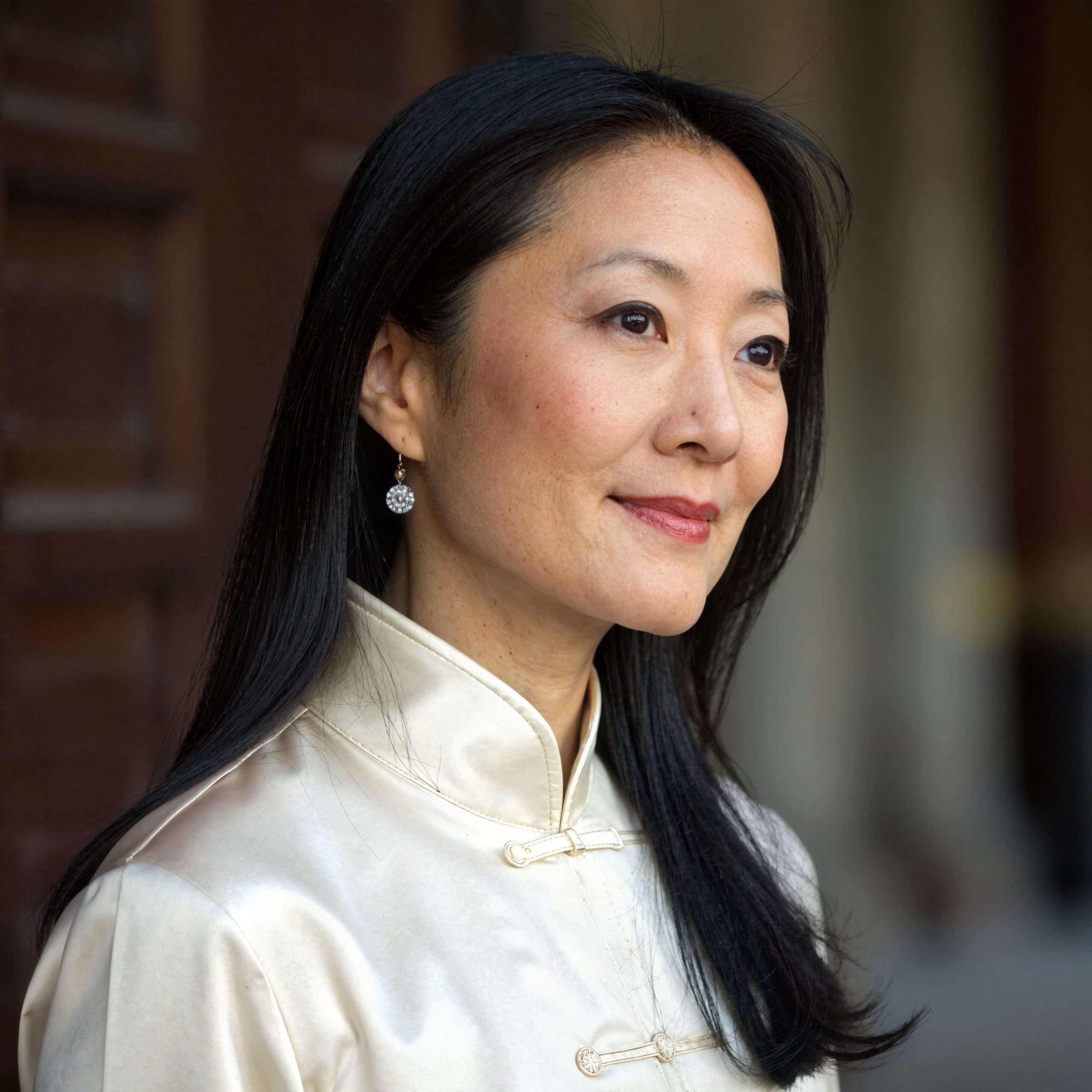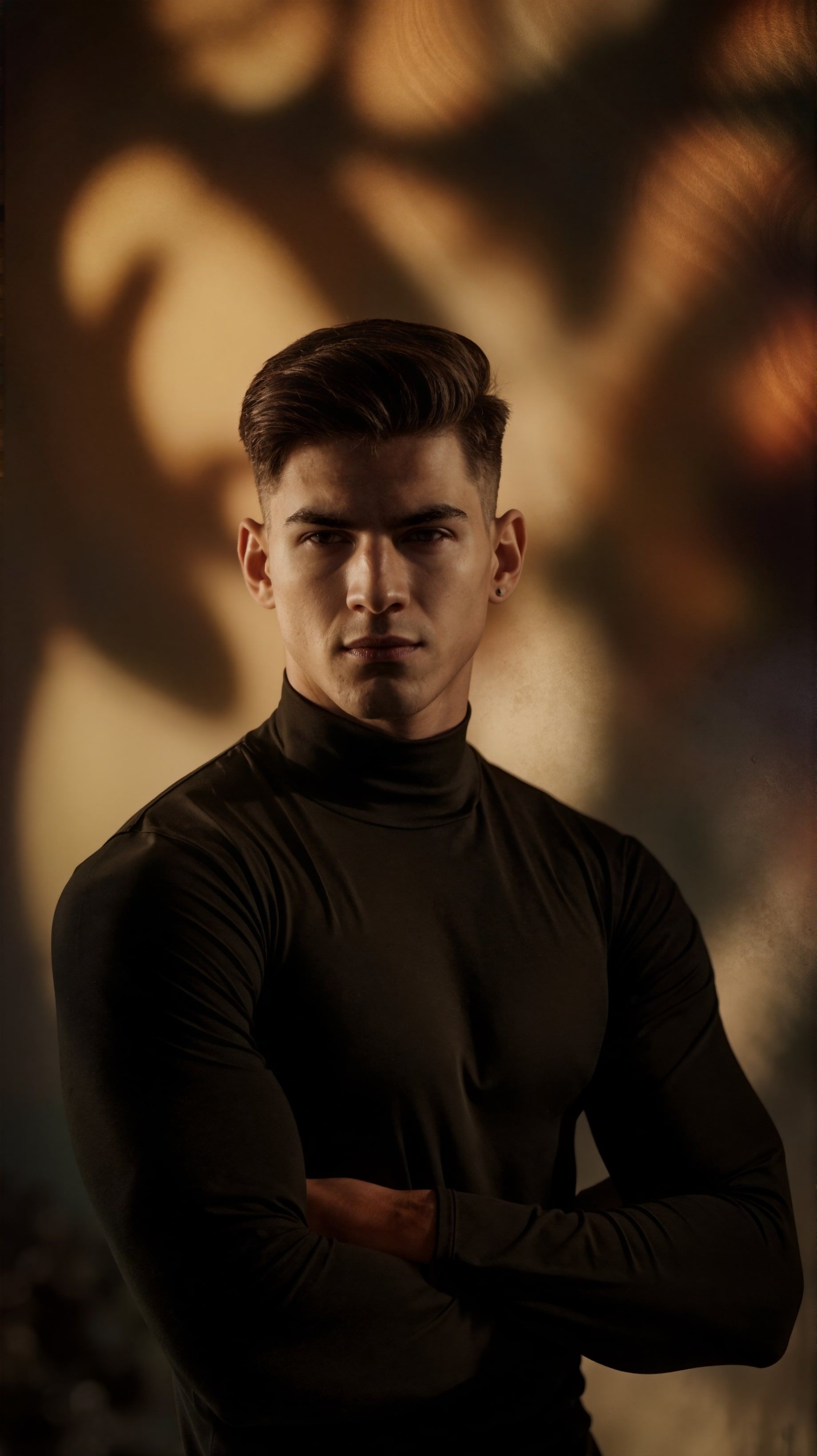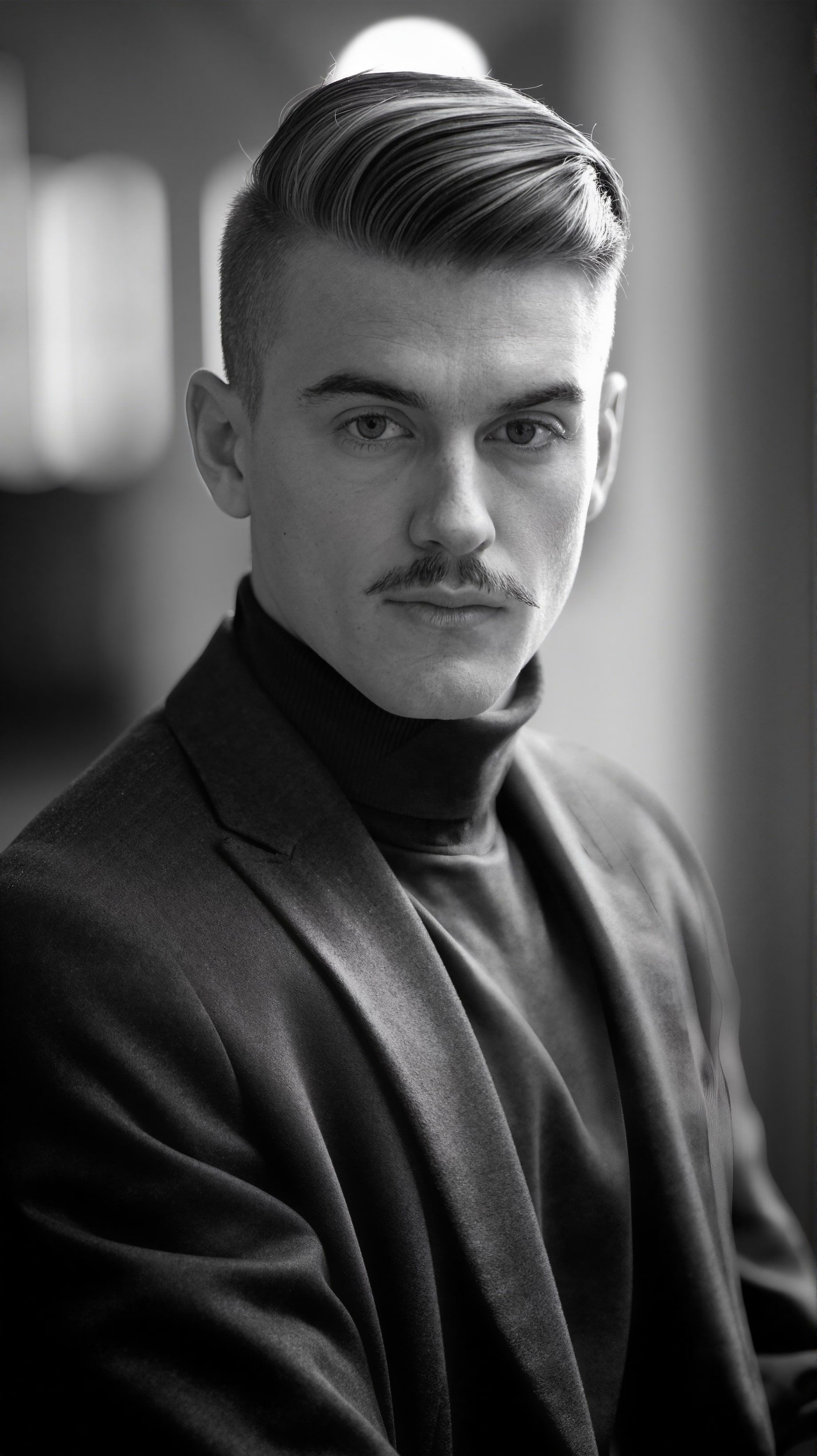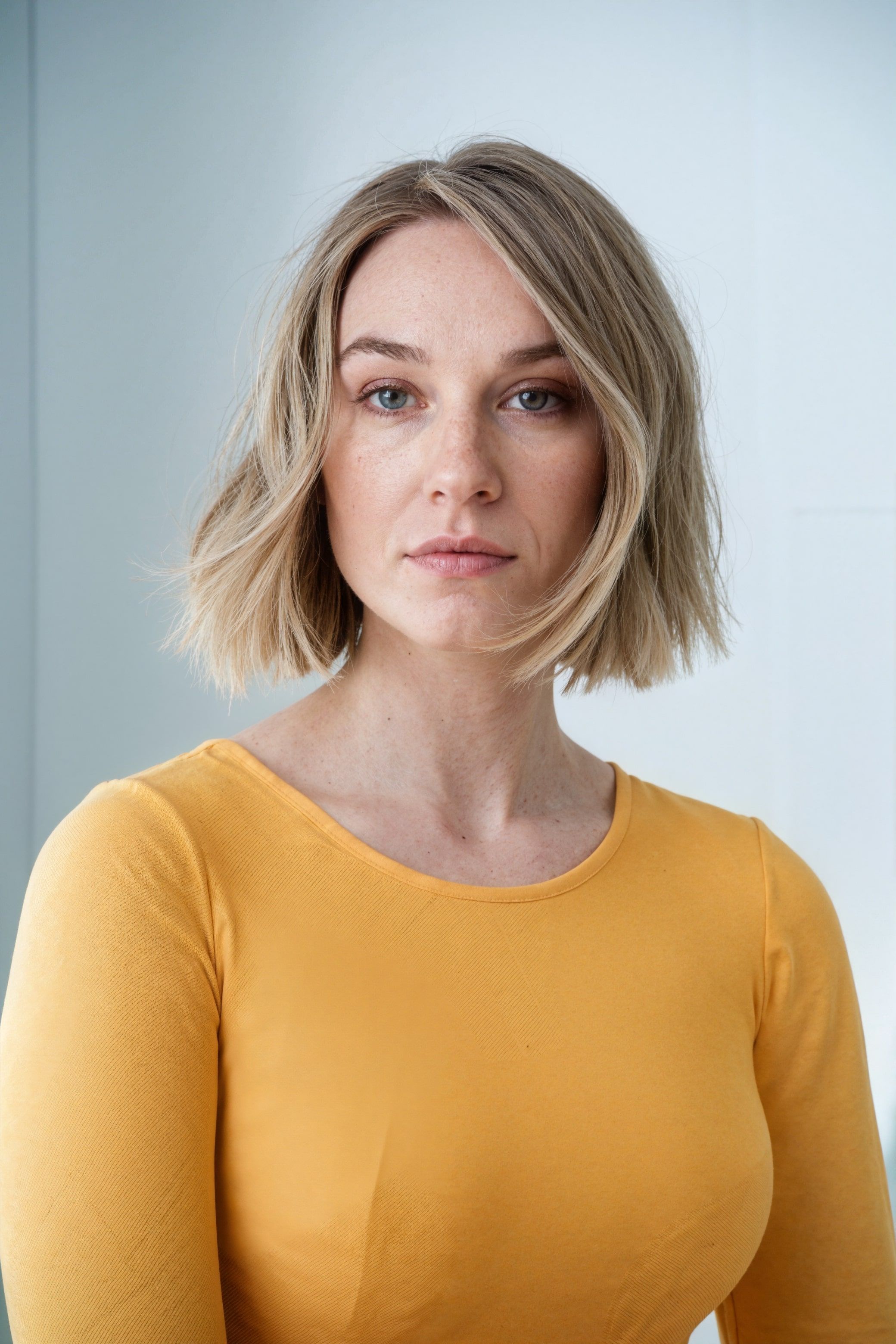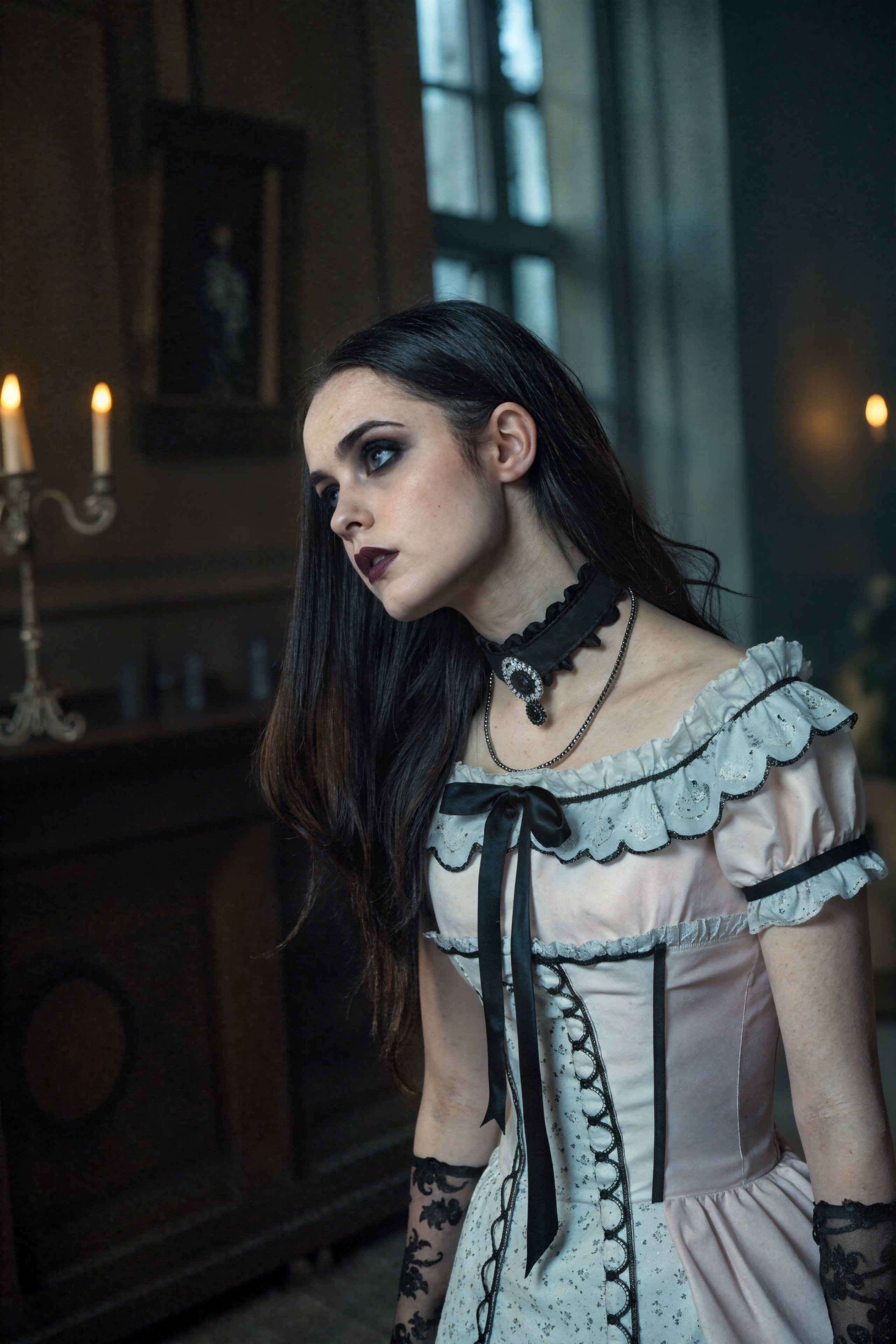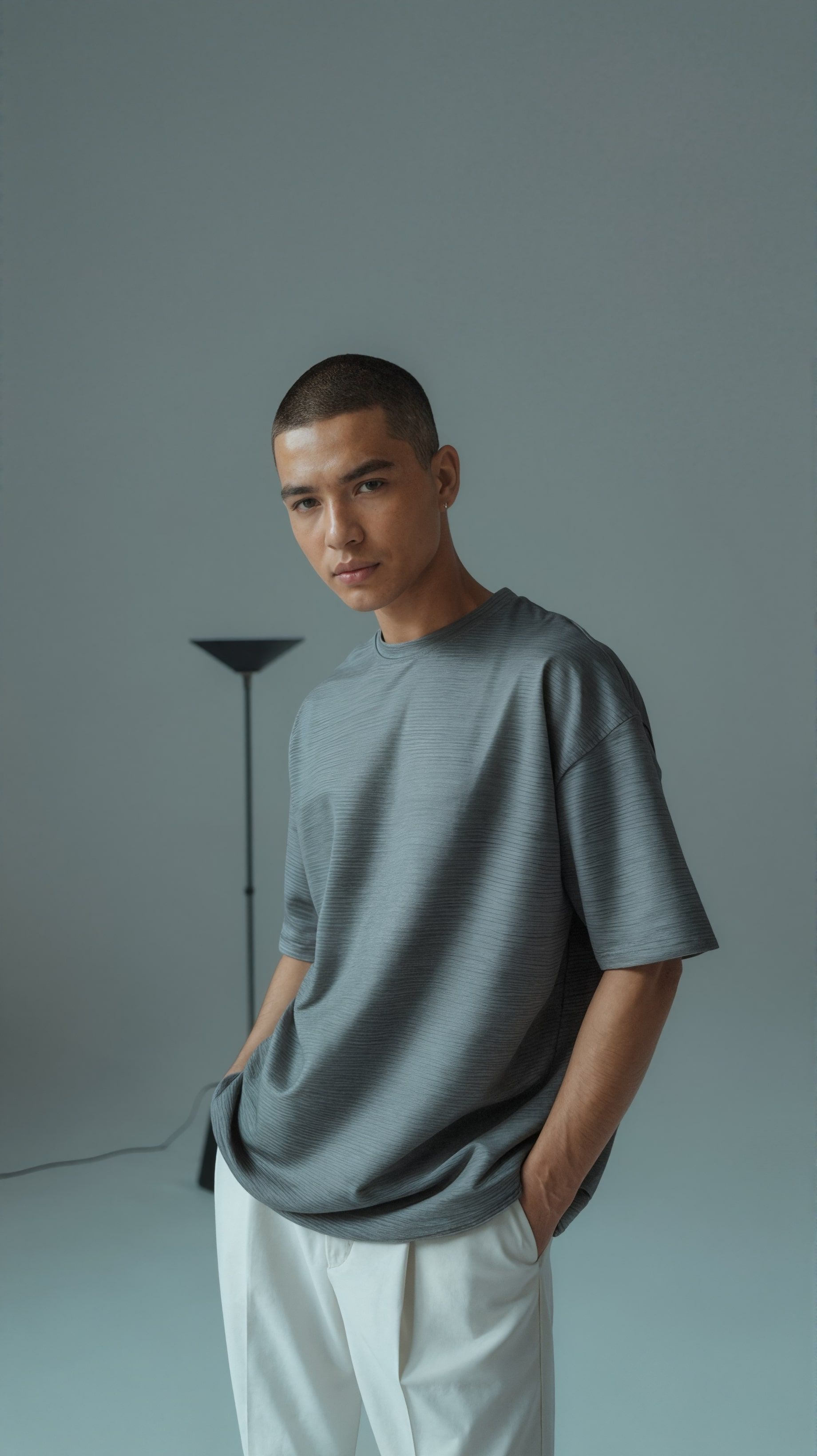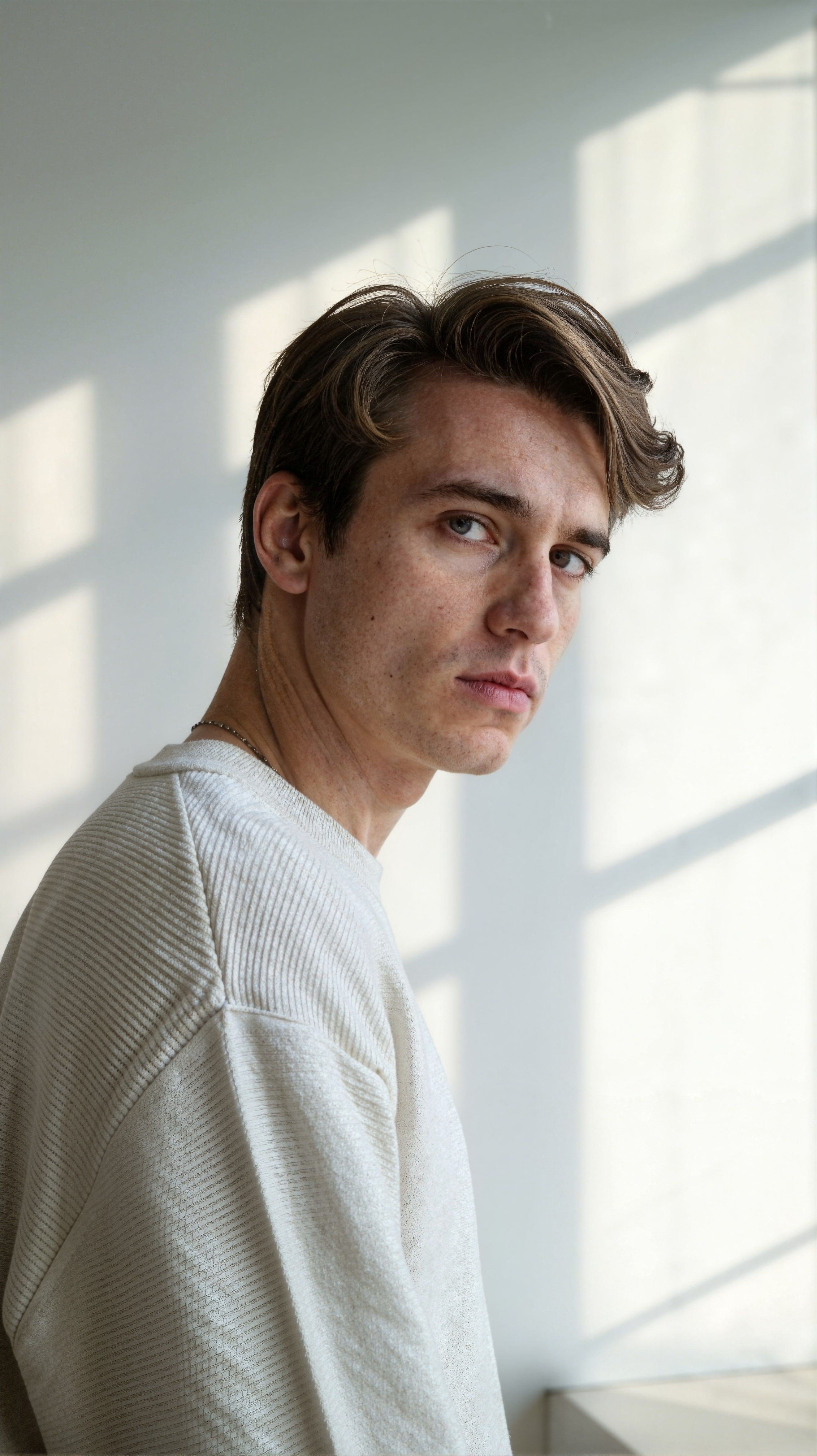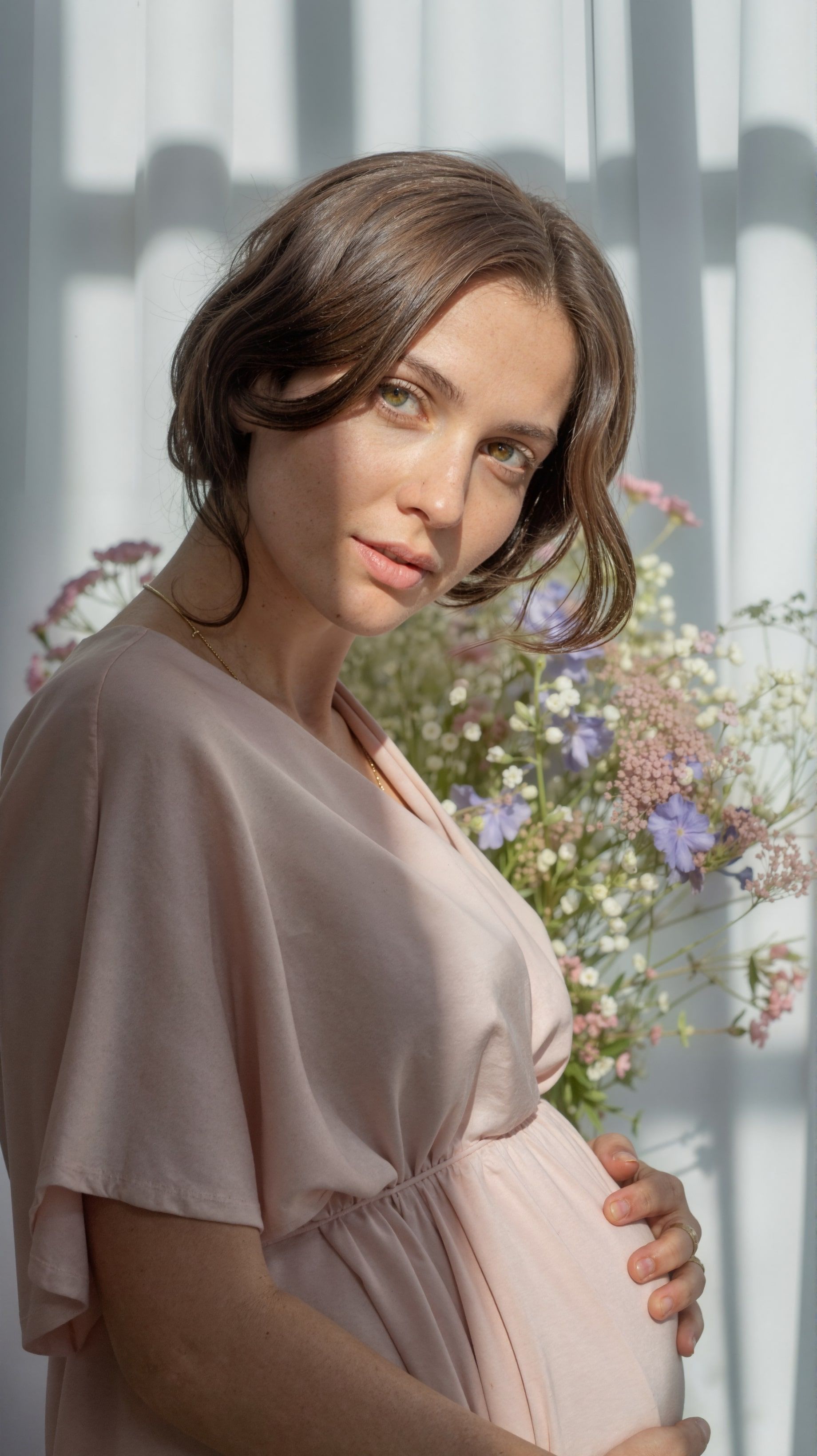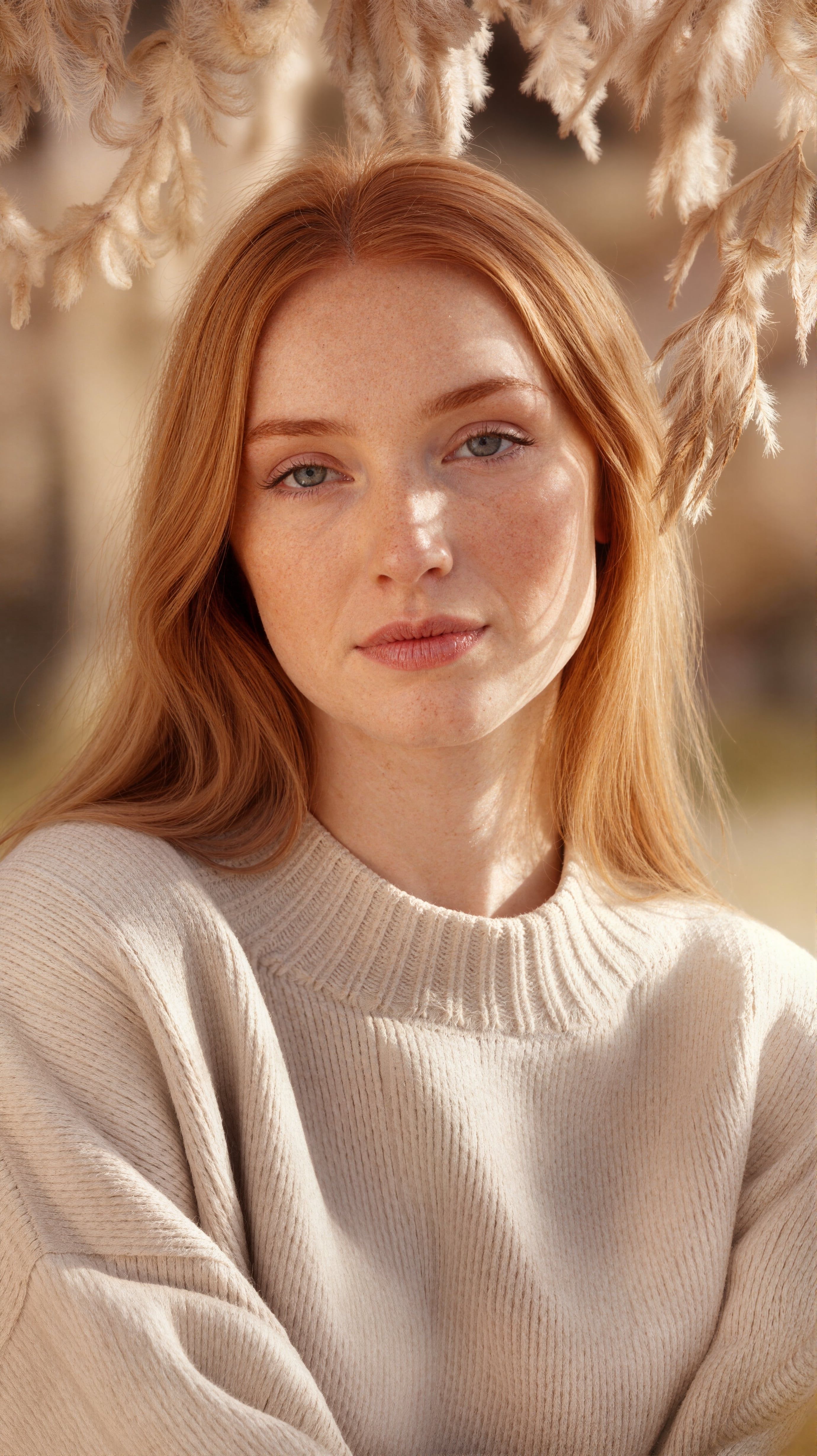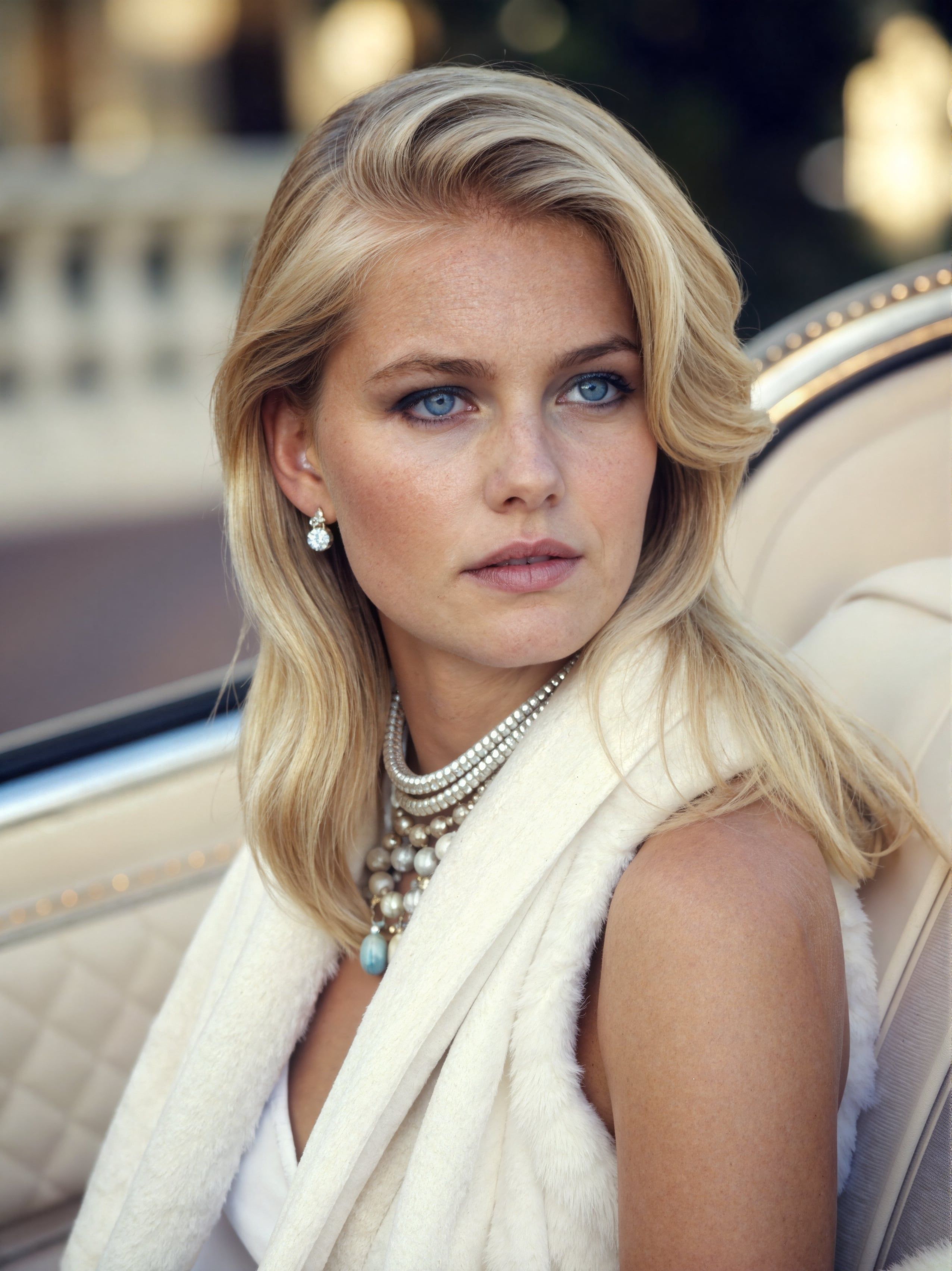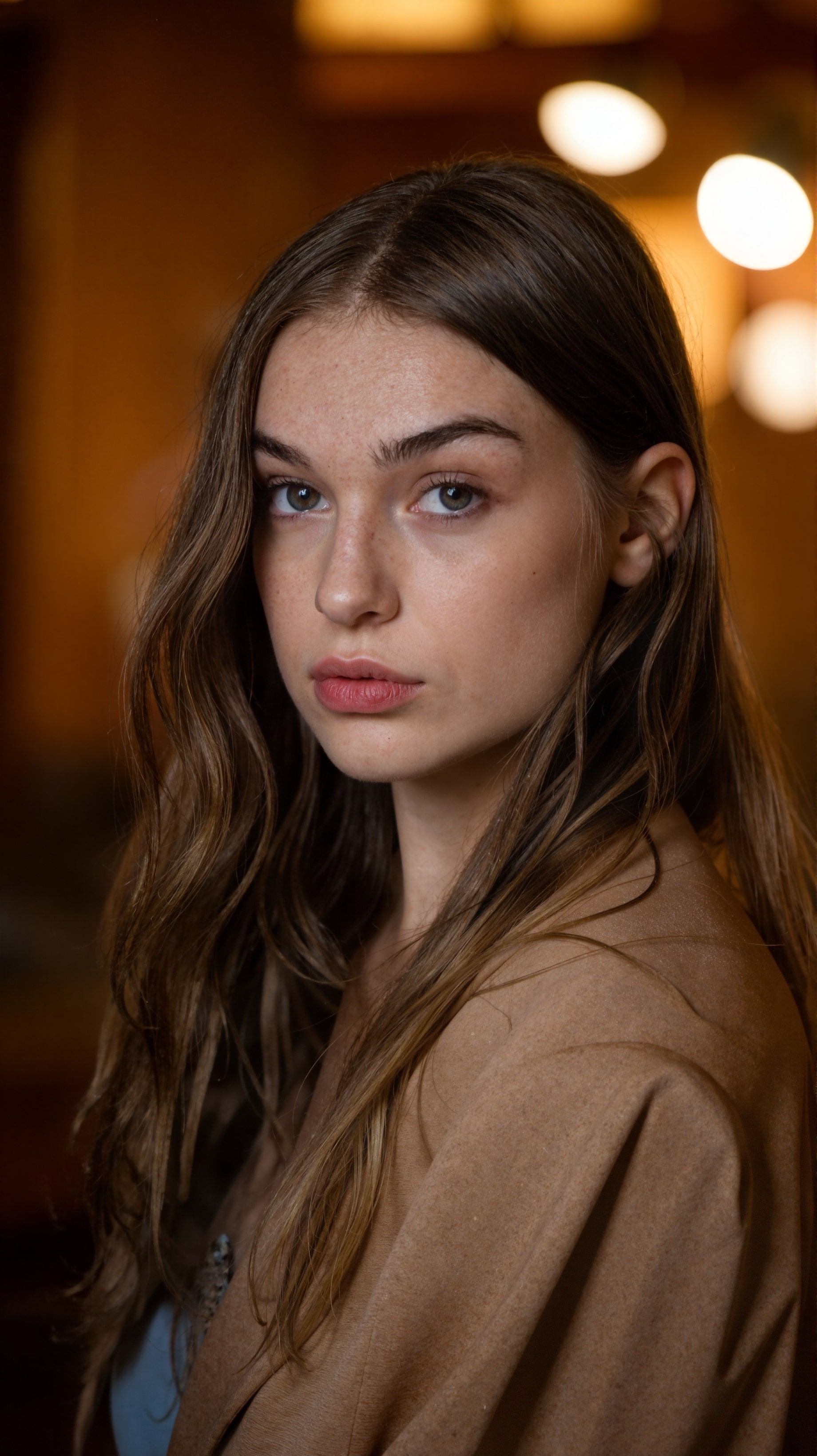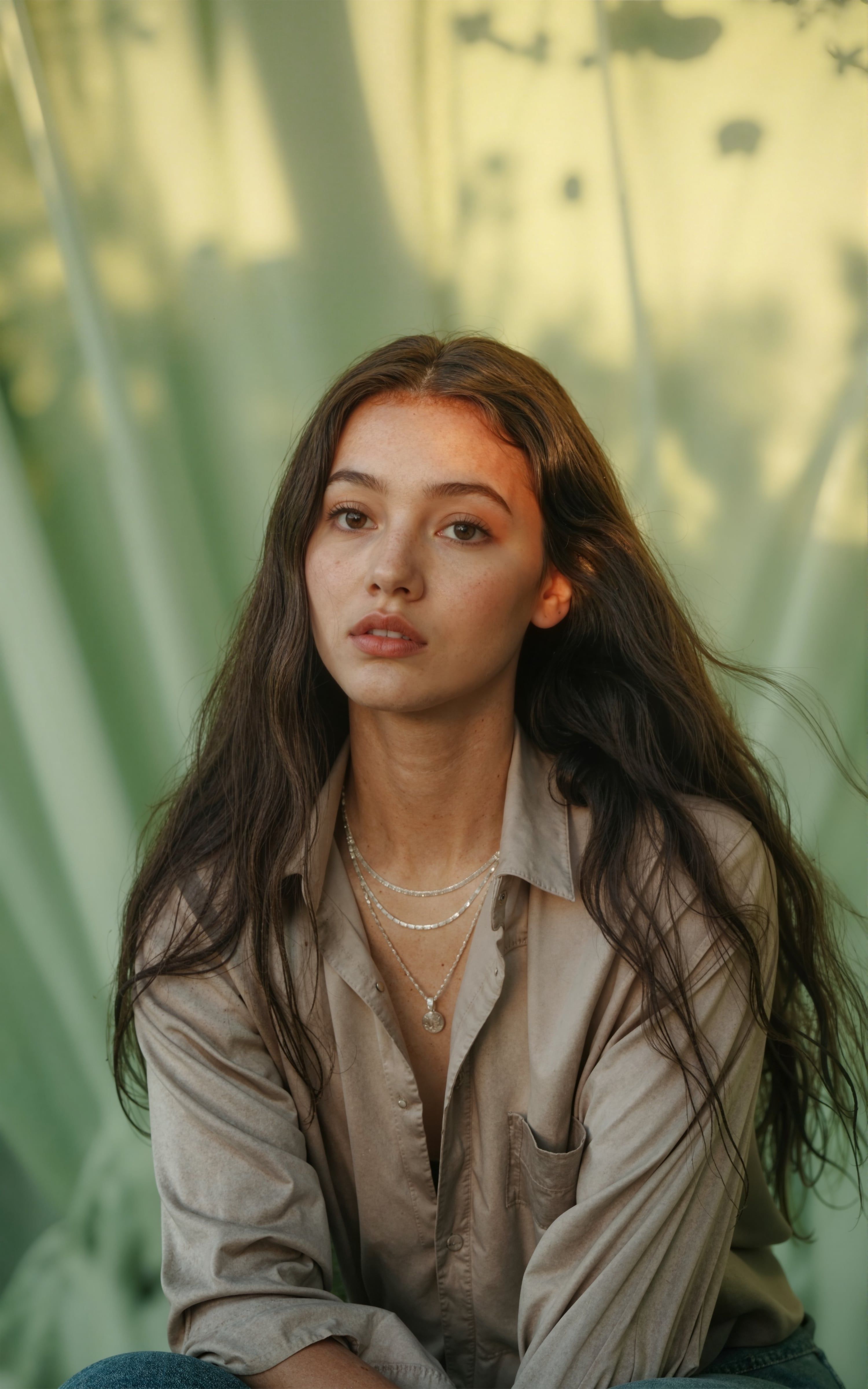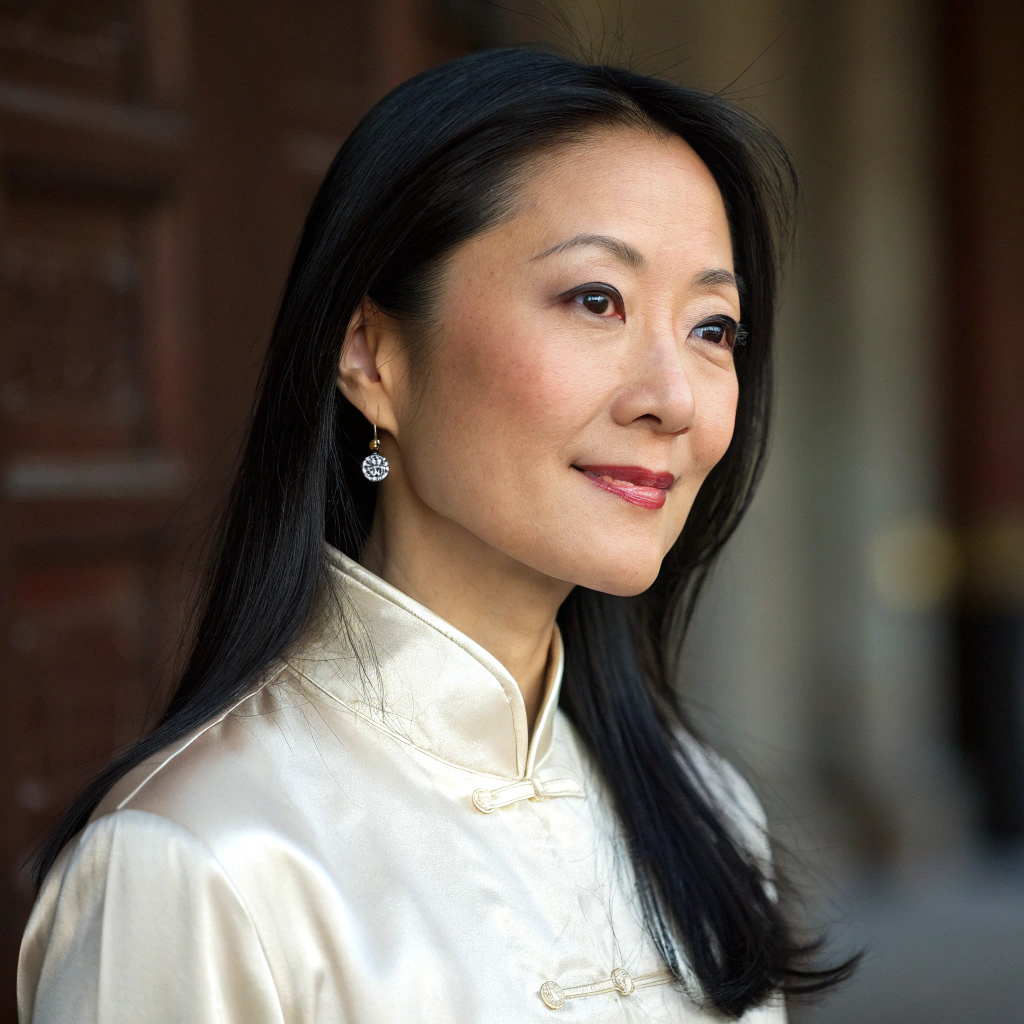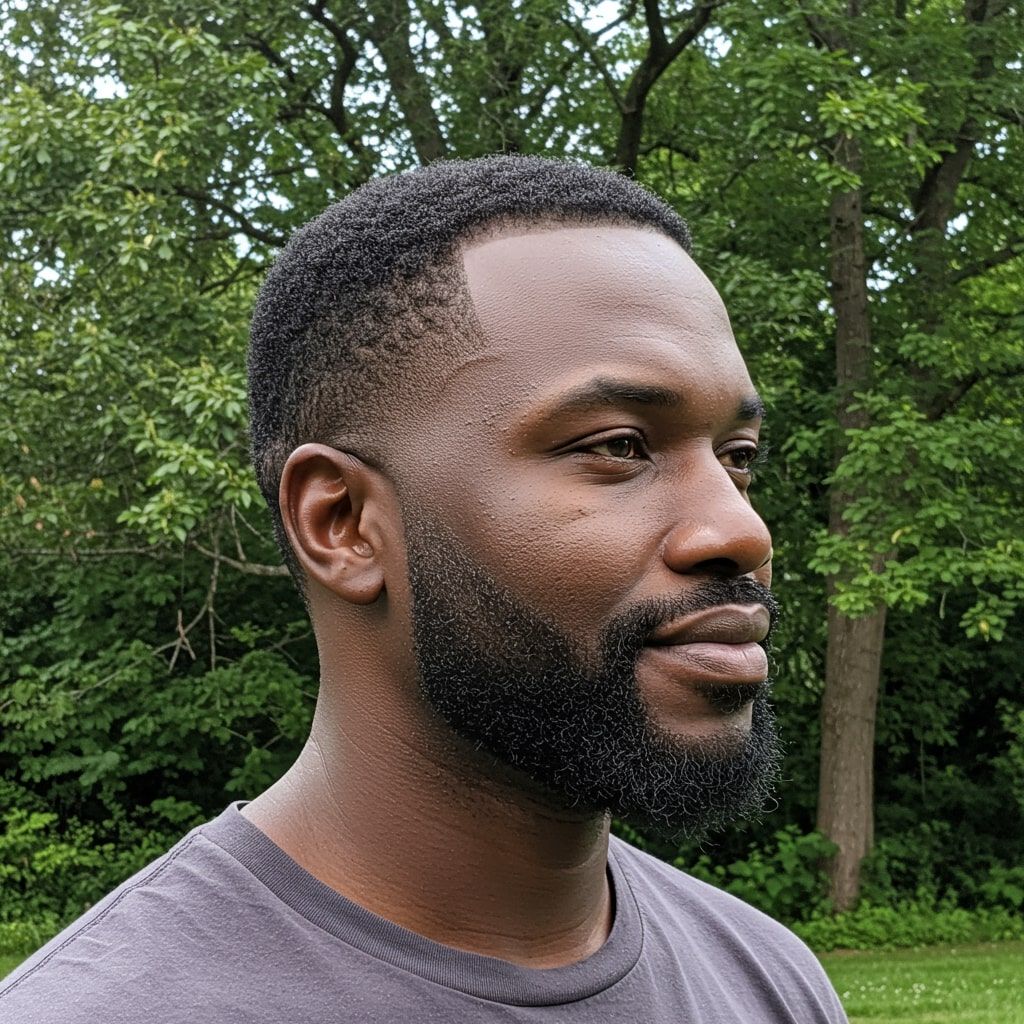Blog
Latest posts from Upsampler.
Create Hyper-Realistic AI Portrait Photos: Generate People with Natural Faces and Skin Texture
Learn to create hyperrealistic AI photos and portraits for AI influencers, brand models, or professional headshots. We compare the best realistic AI image generators (Ideogram, Recraft, Midjourney, Flux) for natural skin texture and features. Avoid fake-looking images with plastic skin and generate images that are indistinguishable from reality.
Admin
@lucak5s
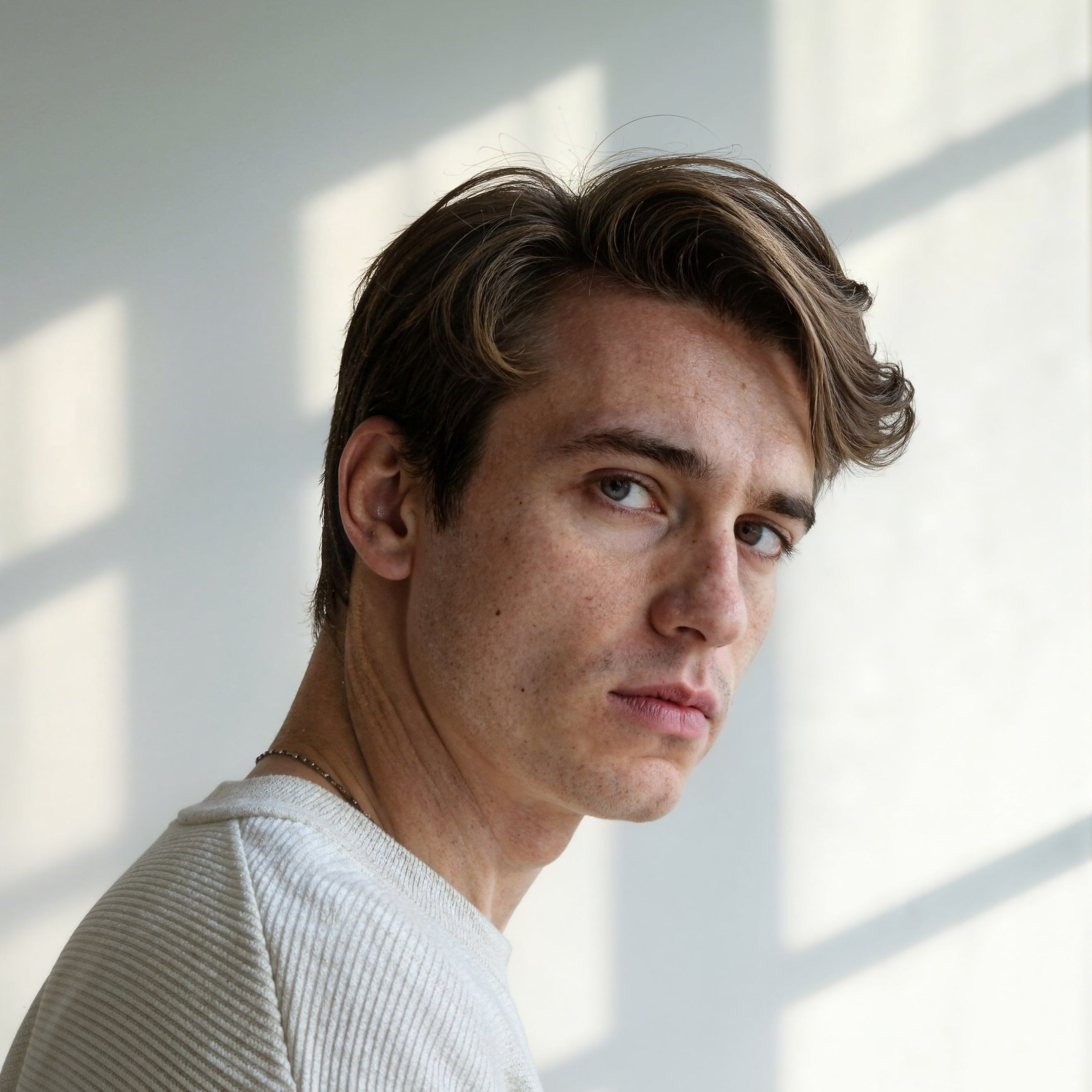
Nothing hurts brand credibility more than obviously fake AI images. When you're creating AI-generated influencers, brand models, a professional avatar, or even a business headshot, perfect realism is important. Customers can spot an "AI look" from a mile away, and it's often off-putting.
This post is your comprehensive guide to crafting realistic AI portraits in three essential steps:
- Image Generation: Choosing the right AI model to create the foundational portrait. We've rigorously tested the leading contenders to identify the best for realistic human features.
- Correcting: Fixing any hallucinations or inconsistencies the initial generation might have produced.
- Advanced Enhancement: Taking your generated image to the next level. This involves upscaling to high resolution and adding fine, realistic details, such as believable skin pores and natural textures.
Let's get started on creating AI portraits that truly hold up, even under close scrutiny!
Step 1: Image Generation
The foundation of a realistic AI portrait is the initial image generation. After extensive testing of leading AI image generators, we've identified the top three for creating lifelike human portraits. You can find these leading generators, plus a wider selection, on Upsampler.com.
For the prompts, we recommend keeping short and simple. For example: 'A European woman with short hair, no makeup.'
1. Ideogram
Ideogram has quickly established itself as a strong performer, especially for human subjects.
Pros:
- Natural Skin Texture: Frequently produces a base skin texture that appears natural.
- Effective Text Rendering: If your portrait requires text (e.g., on clothing), Ideogram handles it well.
- High Aesthetic Quality: Images generally possess a polished, professional appearance.
- Highly Appealing Humans: Creates individuals with significant aesthetic appeal, often resembling models.
- Detailed Backgrounds: Capable of rendering clear, detailed backgrounds, which adds to the overall realism.
Cons:
- Occasional Face Issues: Faces can sometimes show slight distortion or appear "off," requiring manual adjustments in the correction stage.
Best for: Creating good-looking, model-quality portraits where a refined aesthetic is important.
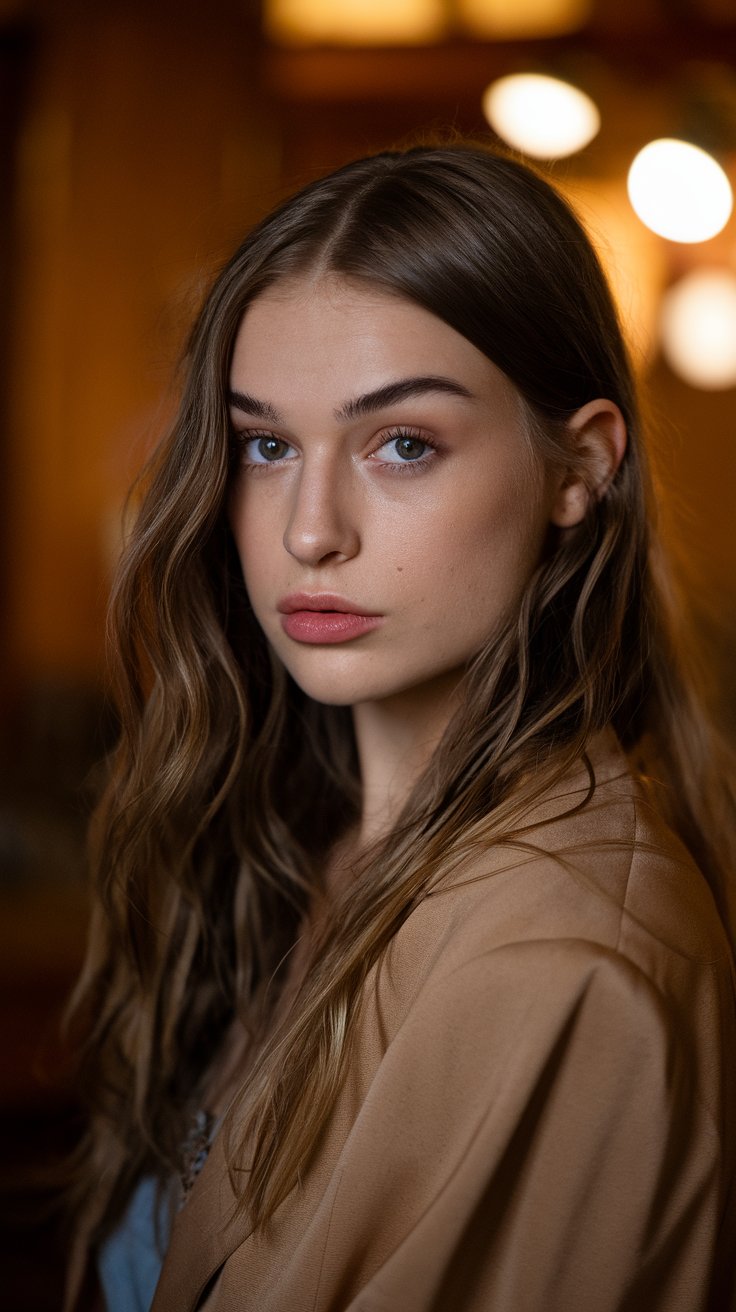
2. Recraft v3
Recraft v3 offers a different style of realism, often producing images with a more "everyday" photographic feel.
Pros:
- Highly Realistic, Natural Look: Can generate images that convincingly imitate amateur or candid photography, which enhances believability.
- Excellent Skin Texture: Similar to Ideogram, it often captures initial skin detail effectively.
- Natural Poses: Good at generating humans in relaxed, unforced positions.
Cons:
- Primarily Blurred Backgrounds: While this can create a pleasing "portrait mode" effect, the consistent blurred backgrounds can become repetitive or restrictive.
- Detail Inconsistencies: Often struggles with details like accessories, clothing patterns, or complex objects, sometimes rendering them incorrectly.
- Frequent Facial Imperfections: Like Ideogram, faces often require some level of correction.
Best for: Portraits where a more grounded, less "studio-perfect" realism is desired, and when natural poses are crucial.
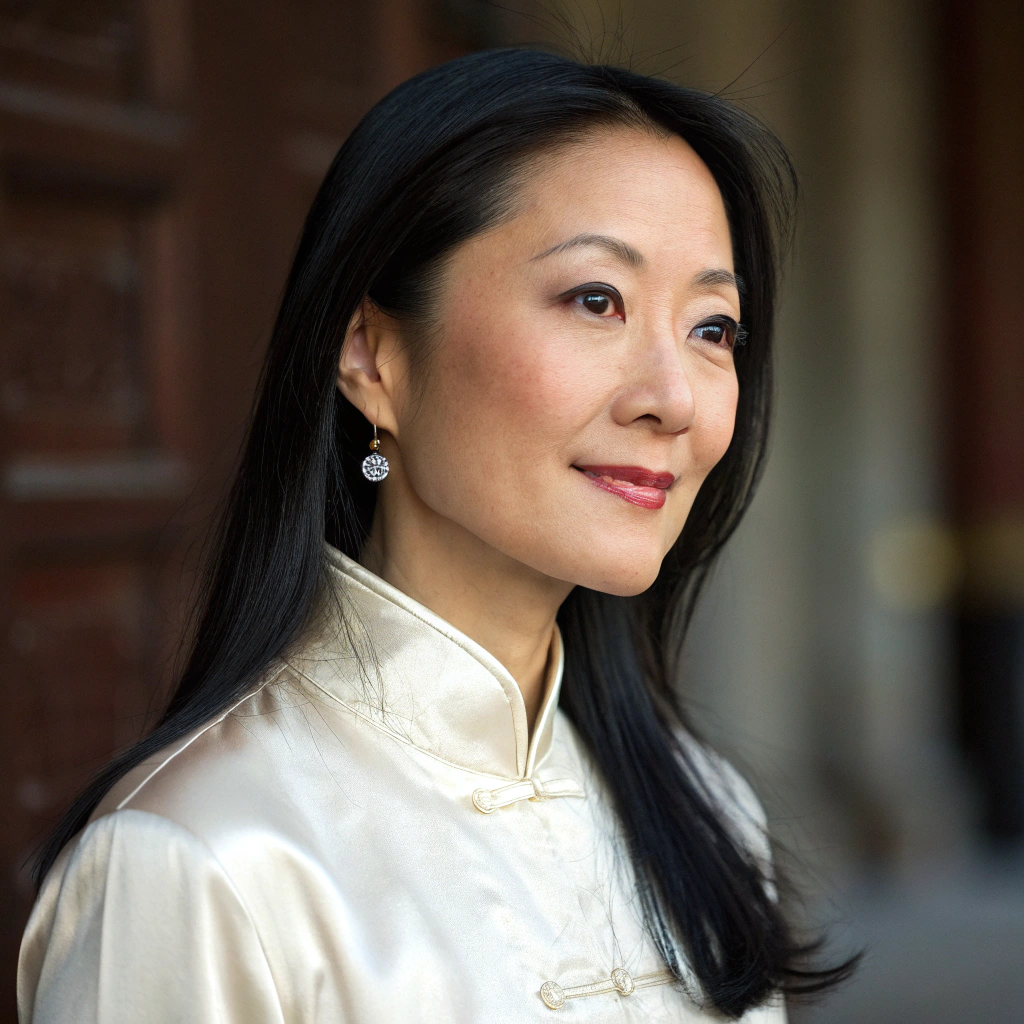
3. Google Imagen
Google's image generation capabilities, available through tools like Gemini, offer a strong option, particularly for contextual realism.
Pros:
- Complex Scene & Lighting Mastery: Especially effective at rendering intricate scenes with convincing and subtle lighting.
- Detailed, Clear Backgrounds: Excels at creating sharp, detailed environments that integrate well with the subject.
- Few AI Artifacts: Generally produces coherent images with fewer unusual AI errors compared to some other models.
- Free Access: Image generation through Gemini is often available without cost, making it very accessible.
Cons:
- Can Appear "Too AI": Scenes and subjects, while technically well-produced, sometimes lack a certain naturalness or organic feel and often benefit significantly from post-generation improvements.
Best for: Portraits where the environment and lighting are important, and when you need a high degree of coherence in complex scenes.
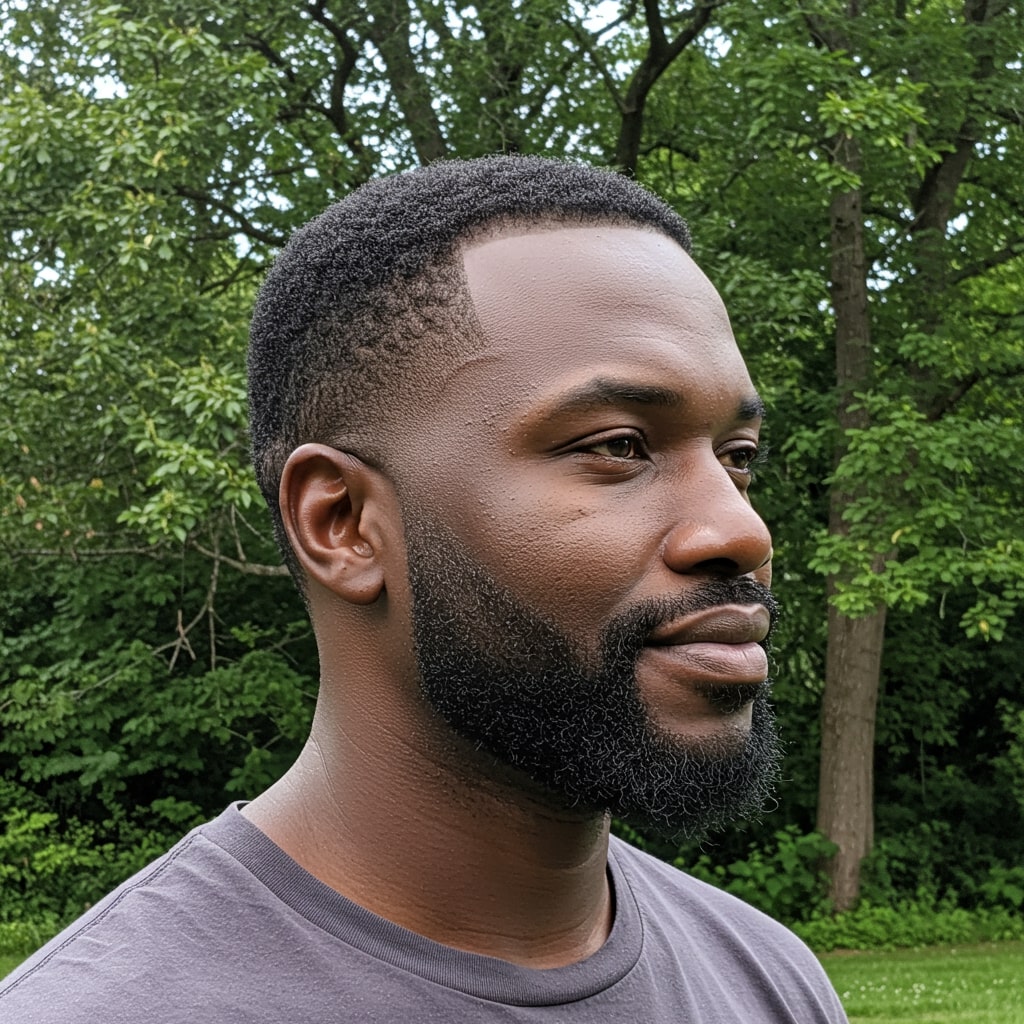
What About Other Options?
You might be considering other popular names. Here's our assessment for the specific goal of highly realistic portraits:
- GPT-4o (OpenAI): In our tests, images often had a slight yellowish tint and, while capable, did not consistently achieve the level of realism needed for human skin and features compared to our top three.
- Flux: While showing promise, faces often appeared somewhat unnatural, and the tendency for excessive background blur was a disadvantage for diverse portrait needs.
- Midjourney: Midjourney images have a great aesthetic and are excellent for artistic styles. However, for straightforward, highly realistic portrait images, the skin texture and subtle facial features did not consistently match the fidelity of our top picks.
Step 2: Correcting and Refining the Raw Output
No AI image generator is perfect yet. You will often find minor (or sometimes major) imperfections that need to be addressed before improvement.
For this correction stage, we recommend:
- Adobe Photoshop: The industry standard, offering a comprehensive set of tools.
- Photopea: A valuable, free, web-based alternative that mimics much of Photoshop's functionality.
Common Corrections & Tools:
- Minor Blemishes & Artifacts: The Spot Healing Brush (in both Photoshop and Photopea) is very effective. Simply click or draw over small imperfections, and the tool intelligently blends them. Do not strive for absolute perfection here; the next improvement step addresses minor issues.
- More Complex Problems (e.g., distorted features, incorrect hands): When parts of the image require more significant changes, Generative Fill is very helpful.
- Photoshop: Offers a robust Generative Fill feature.
- Upsampler.com: Also provides access to powerful Generative Fill capabilities, allowing you to select areas and regenerate them with text prompts.
The goal of this step is to create a clean, well-composed base image, ready for the final enhancement.
Step 3: Image Enhancement – Achieving High Realism and High Resolution
This is where we transform a good AI portrait into an outstanding, highly realistic image. The key is to bring the image to a high resolution while adding fine, convincing details. Standard image generators often produce images around 1-2 megapixels, which is insufficient for professional use or convincing realism up close.
You cannot use low-resolution, slightly blurry AI images for your brand, it appears unprofessional and undermines trust.
This is where Upsampler.com's Smart Upscale tool excels as seen in this guide on how to improve the skin texture in AI images.
Unlike traditional upscalers that simply enlarge pixels (leading to blurriness), Smart Upscale effectively regenerates the image at a much higher resolution. This process intelligently fills in missing information, creating:
- Remarkably Fine Details: This includes realistic skin pores, subtle hair strands, fabric texture, and catchlights in the eyes. These details make an image appear tangible and real.
- High Resolution for Professional Use: With Upsampler.com, we aim for portrait images that are 8K or even higher. This ensures excellent sharpness, even for large prints or detailed digital displays.
The Smart Upscale tool doesn't just enlarge your image; it enhances its quality, making it significantly sharper and more realistic.
For portraits, we recommend the following settings:
- Creativity: 4-8
- Detail: 6-8
- Upscale Factor: 2x - 4x
Conclusion: Your Path to Believable AI Portraits
Creating AI portraits that are not just acceptable but truly realistic and high-quality is a multi-step process, but the results are worthwhile.
- Generate a Realistic Base Image: Choose a generator like Ideogram, Recraft v3, or Google's Imagen for the best base in realistic human features. All of these generators are available on Upsampler.com.
- Clean Up Artifacts: Use tools like Photoshop, Photopea, or Upsampler.com's Generative Fill to correct any imperfections.
- Improve to Hyperrealism: Use Upsampler.com's Smart Upscale to achieve impressive high resolutions and add the fine details essential for high realism.
By following these steps, you can confidently create AI-generated influencers, brand models, avatars, and professional photos that will impress your audience. You can move past the "fake AI" look and achieve stunning realism!
More Articles
How to Make Skin Texture in AI Images Look More Real - Natural Skin Retouching
This guide shows you how to fix plastic-looking skin in AI-generated images by enhancing texture with realistic skin pores, blemishes, and natural imperfections. Learn how to create AI portraits that look indistinguishable from real photos.
July 30, 2025
Increase DPI of Image Online without Losing Quality! Change Images to 300 DPI or More!
Discover how to effectively increase the DPI of your images online for free or with advanced AI tools. Learn to change images to 300 DPI or more for stunning, print-ready results without losing quality.
May 12, 2025
